What Hallmark Taught Me by Mary Flynn
By Mary Flynn
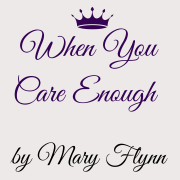 On the very first day that I “cared enough to send the very best,” I sat down with the Editorial Director of Hallmark Cards in Kansas City. I admit I felt intimidated. As someone who routinely wrote book reviews for The New York Times, Web Schott was the most serious and erudite person I’d ever met.
On the very first day that I “cared enough to send the very best,” I sat down with the Editorial Director of Hallmark Cards in Kansas City. I admit I felt intimidated. As someone who routinely wrote book reviews for The New York Times, Web Schott was the most serious and erudite person I’d ever met.
After welcoming me to the Writers Team and telling me how things got done, he asked if I had any questions. I did, and he said, “Let me guess—what if you come in one morning and have no ideas?”
“YES!!”
“Well,” he said, “just take a walk, sharpen pencils. Go to the cafeteria, have a Coke or go into our little library room over there and read a magazine.”
I was twenty-one. I had been an Executive Secretary at American Oil Company on Fifth Avenue in Manhattan. Trust me, if I had gone into work one morning and told my boss that I wasn’t quite up to things today, I’d be looking for another job. This was different.
“You’re not a machine,” Web Schott said. “All of your work is going to come from here.” He tapped his head. “It’s going to be important to respect and care for your creative process.”
“Oh, okay,” I said. It took that meeting with Web Schott to teach me my first lesson about writing—it is an altogether different creature. It would need special feeding and nurturing. But how?
Somebody once said, “We have sixty thousand thoughts a day, and most of them are the same thoughts we had yesterday.” Hmm. That would never do. Where’s the creativity? Where do new thoughts come from?
“You pay attention to everything.” That’s what the famous comedian, Henny Youngman, said. I figured that meant the woman’s hat, the man’s mustache, the look of a child’s eyes when there’s mischief in the works, the smell of the attic, the sound that the drape cord makes when the curtains are pulled back. The feel of the porch boards under bare feet.
But then what? What does it look like, sound like, feel like? Little by little, we train the mind. We teach it to find similarities—how is this like this? We put things together, make odd connections?
…angels finger-painting in the sky…
…birds apartment-hunting in the trees…
These lines appear in a Hallmark Easter card I wrote that stayed in the line for over thirty years; the mindset has stayed with me even longer. From greeting cards to novels, it is essential for the writer. This is powerfully exemplified in Anthony Doerr’s Pulitzer Prize-winning novel, All the Light We Cannot See:
“He breathes nervously out of pursed lips, as if blowing on a spoonful of hot soup.”
“A trio of moths swim against the ceiling.”
Of a pretentious German officer: “He upholsters himself in his uniform.”
On growing sleepy: “His eyelids slip to half-mast.”
Once, on a Long Island Railroad trip into Manhattan, I observed a woman whose lips were a mere slit in her face. I tried to describe it, then filed it away until using it forty years later for a character in my gold medal middle-grade novella, “Mrs. Peppel’s Pillows” – her lips like a line drawn in play dough with the tip of a pencil.
I do not believe in “Writer’s Block.” As Web Schott pointed out, the creative mind needs time to ruminate; the creative idea needs time to incubate, percolate. If we expect to sit down to a blank screen with a blank mind, I feel we are momentarily doomed. I, like most writers, have been asked, “Do you write every day?” For me, the answer is “yes,” but that doesn’t mean that the writing takes place at the computer or putting pen to paper. Writing doesn’t literally mean writing. I still go read a magazine, have a Coke, take a walk.
For me, as for many, the writing process is a system that involves various modes. I am almost always ruminating on an idea. How many of us have been maddened by waking at 4:00 in the morning, scrambling to capture that perfect turn-of-phrase that just showed up. It once happened to me with a rhymed couplet, the last two lines of a Hallmark Valentine sonnet I had been struggling with.
“It’s a process,” Web Schott said. “Respect it, enjoy it. Pay attention to everything.”
And this is what worries me when I imagine the novels of the future. Who will write those beguiling details that set the scene or help bring unforgettable characters to life? What can generations of cell-phone junkies create when they are completely unaware of their surroundings? They do not see the man’s mustache, or perceive the changing of the light, the shapes of clouds. They do not notice the scent of the boxwoods. How will they describe things that capture our imaginations and drive us deep into a story right along with the characters? What are they training their brains to do that can enrich the world by reading?
I remain optimistic. Stories, after all, can enjoy very, very long lives. They are passed on, and those who write them will likely carry on to the last breath for the pure enjoyment of self and reader. Thank you, Web Schott.
—
Mary Flynn is a gold-medal author of fiction, a poet, an international conference speaker for Disney (retired), and a former full time writer for Hallmark Cards. Her stories are an eclectic and imaginative mix of humor, pathos and irony that explore the human experience, often with a surprising twist. She loves meeting readers, other writers and, of course, people from her beloved native Brooklyn.
Find out more about more about Mary on her website https://www.maryflynnwrites.com/
NO SMALL WONDER
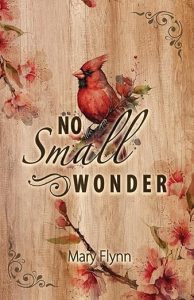
No Small Wonder, Mary Flynn
For Ellen Castle, one final downturn spells disaster. How much disappointment and loss can one person be expected to take? When her best friend offers her the use of one of the summer rental bungalows owned by a monastery far from home, Ellen wants no part of it, but reluctantly agrees. She quickly finds herself miserable with regret and hopelessness. Having long ago lost her faith, Ellen’s way of dealing with life is to run, but what is stopping her now, and what sense can she make of the crazy, unexpected events that confront her at every turn and that will ultimately change her life forever.
BUY HERE
Category: Contemporary Women Writers, How To and Tips






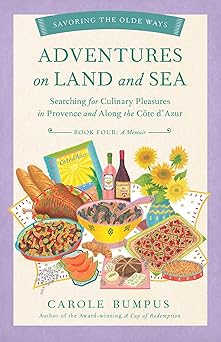
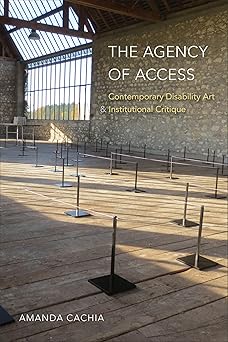
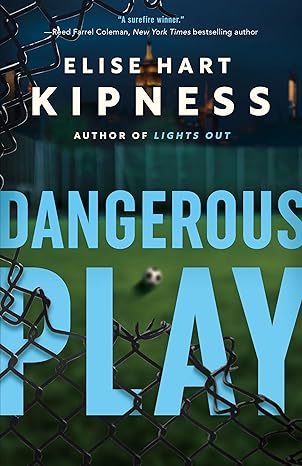
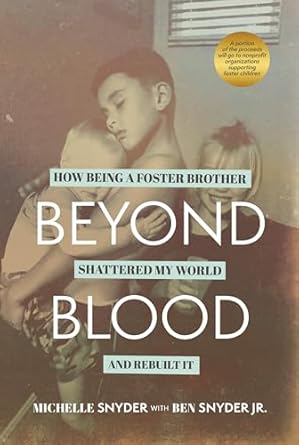
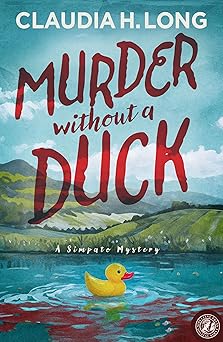
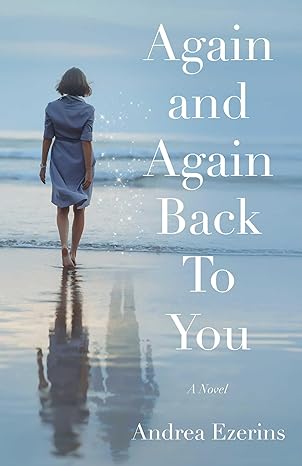

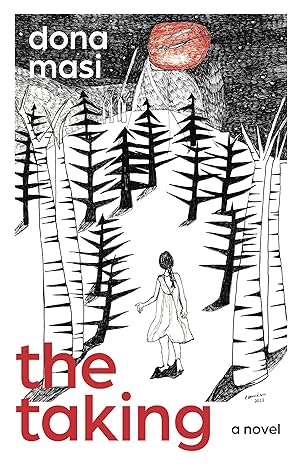

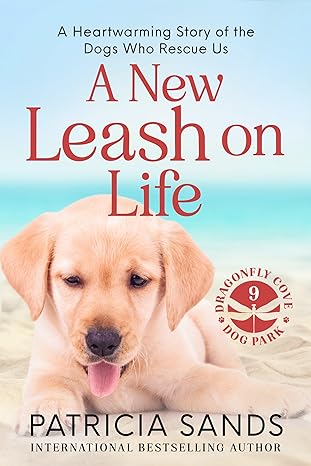

I really love this!
So good to hear, Liz. Thank you very much.
Mary